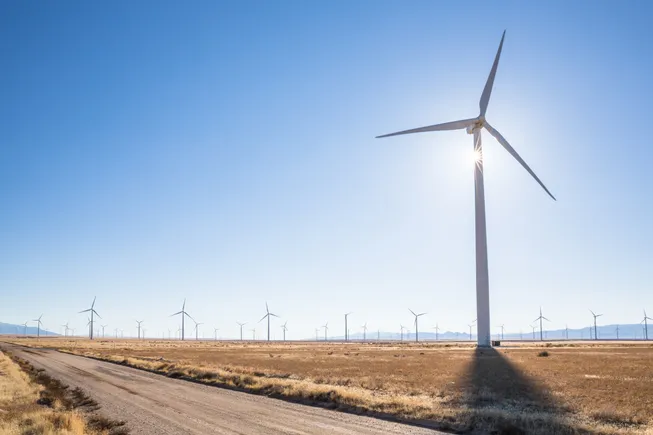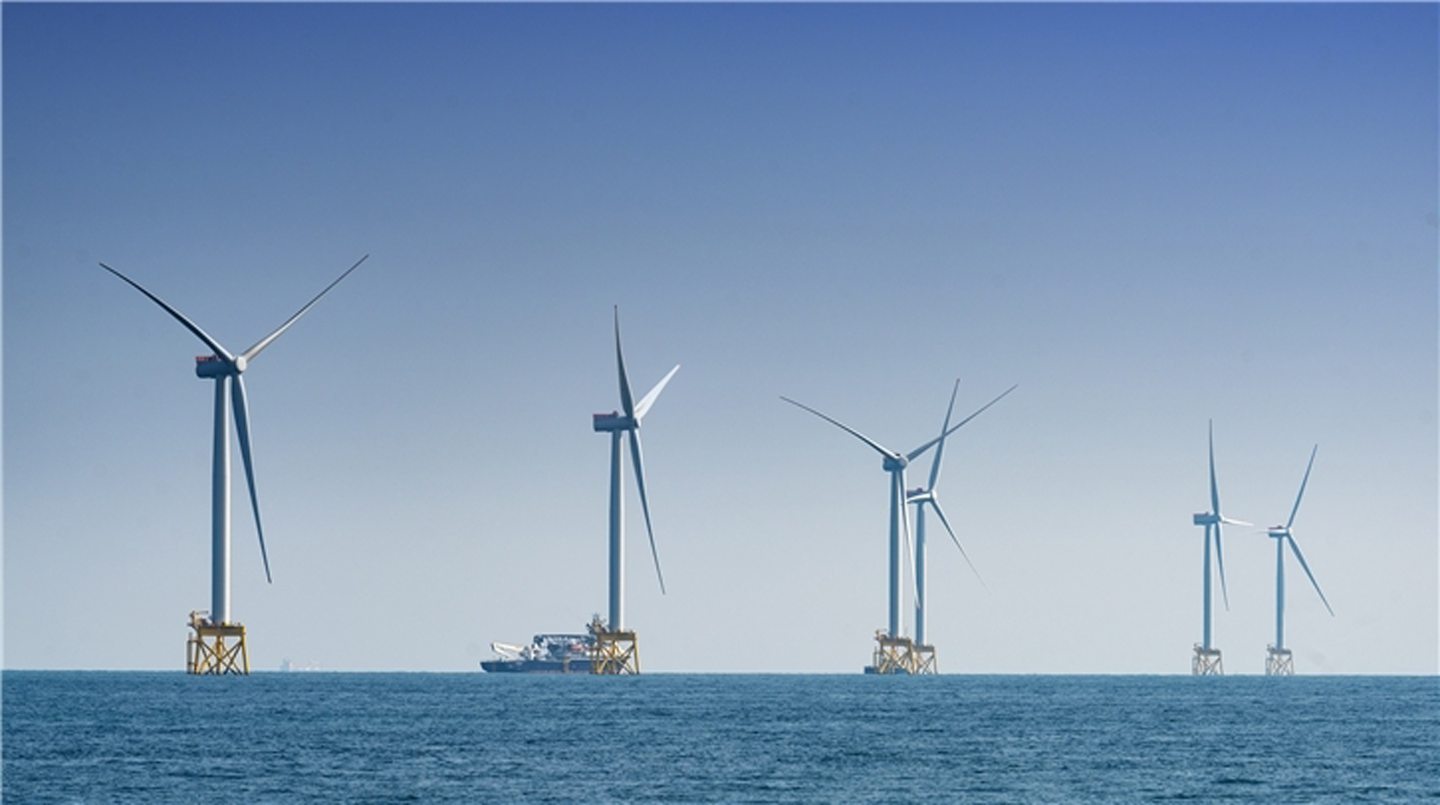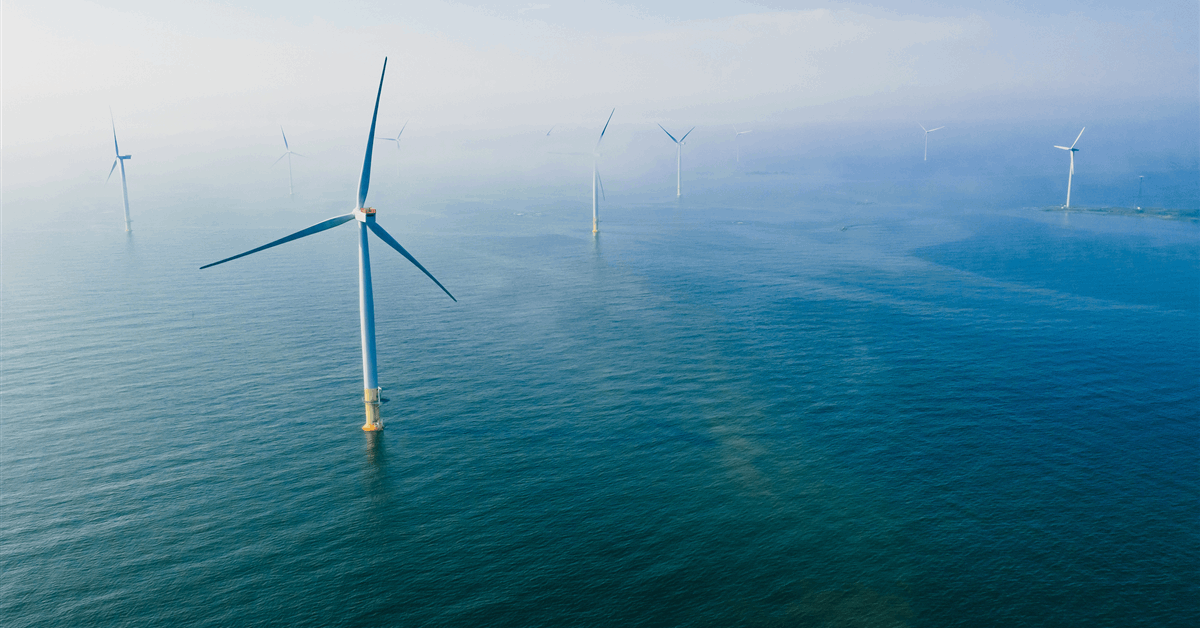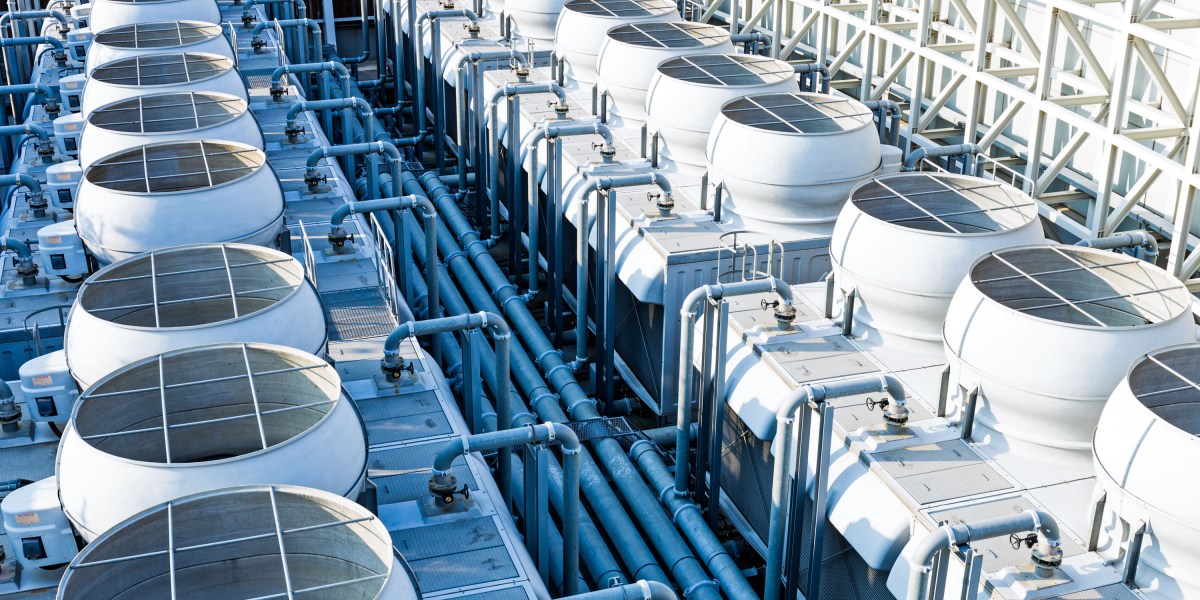
Dive Brief:
- PacifiCorp expects to procure through requests for proposals about 2,400 MW of solar, 2,270 MW of wind, 1,680 MW of four-hour storage and 510 MW of 100-hour iron air battery storage by the end of 2030, according to the utility company’s integrated resource plan, filed with state regulators on Monday.
- By the end of this year, PacifiCorp also plans to finalize a 500-MW agreement to buy electricity from TerraPower’s Natrium advanced nuclear project in Wyoming, which is set to be operating by the end of 2031, the utility company said. The cost of the project is confidential.
- Also, if, as expected, the Biden administration’s greenhouse gas emissions rule for power plants doesn’t take effect, PacifiCorp plans to continue operating some coal-fired generation it had previously expected to retire. The plan calls for converting 562 MW of coal-fired generation to gas, exiting 386 MW of minority-owned coal-fired capacity, and adding carbon capture equipment to two coal-fired units at the Jim Bridger power plant in Wyoming that total 700 MW.
Dive Insight:
PacifiCorp utilities serve about 2 million customers in California, Idaho, Oregon, Utah, Washington and Wyoming. The IRP, filed every two years with stakeholder input, provides a roadmap for supplying power to those customers over the next 20 years.
The utility owns or contracts for about 5,150 MW of wind, 4,530 MW of coal, 3,850 MW of gas, 3,620 MW of solar coupled with 550 MW of storage, 1,200 MW of hydroelectric capacity and 525 MW of stand-alone storage, according to the IRP.
Under its resource plan, PacifiCorp expects that coal- and gas-fired generation will account for 16% and 10% of its energy mix in 2031, down from 35% and 19% this year, respectively. Wind and solar will make up 32% and 25%, up from 24% and 10%, respectively, in the same period.
Western Resource Advocates supported PacifiCorp’s continued shift towards clean energy. “Renewable energy brings greater price stability to customers and decreases harmful greenhouse gas emissions,” Sophie Hayes, Utah clean energy manager and senior attorney at WRA, said Tuesday in a press release.
PacifiCorp expects its annual carbon dioxide emissions will fall to about 11 million metric tons in 2032, down from about 55 MMT in 2013, according to the IRP. However, the utility company forecasts that its carbon emissions will slowly climb to about 17 MMT by 2045, partly due to increased wholesale market purchases.
The company’s resource plan calls for adding about $2.3 billion in transmission by the end of 2032. The transmission would allow about 4,220 MW to interconnect to the grid, according to the plan.
Federal and state tax credits continue to encourage wind and solar procurement, which will likely dominate U.S. capacity additions for the next decade, PacifiCorp said. However, Pacificorp said its plans could be affected by changing federal policies.
A repeal of the Inflation Reduction Act is unlikely, but the Trump administration could slow the payment of grants and loans or change regulations and guidance issued on how to implement the IRA, according to PacifiCorp.
“This action would make it difficult for companies and individuals to plan with certainty with respect to claiming tax credits for investments in new renewable and non-emitting technologies including [electric vehicles] and offshore wind,” Pacificorp said. The utility company in mid-January received a $3.5 billion conditional loan guarantee from the U.S. Department of Energy to help finance transmission projects in Idaho, Oregon and Utah.
A shift away from federal climate initiatives could increase China’s global dominance in clean energy industries and new import tariffs could hinder the deployment technologies supported by the IRA, the utility company said.
“Competing state and federal policy are ultimately driving PacifiCorp’s decisions to retire coal units or keep them running,” the WRA’s Hayes said. “PacifiCorp makes it clear that changes in policy may impair its ability to reduce greenhouse gas emissions, placing serious cost risks onto the backs of customers. In the face of changing federal regulations, states have an important role to play — for good or ill — in addressing the challenges of climate change.”





















